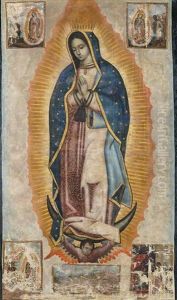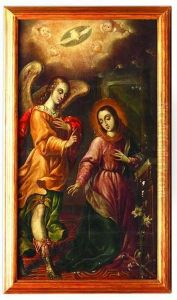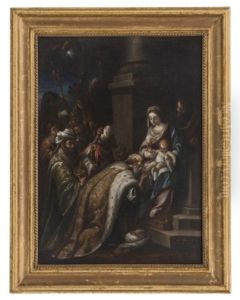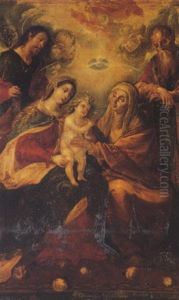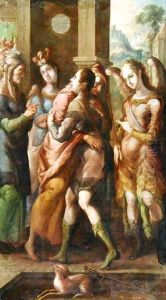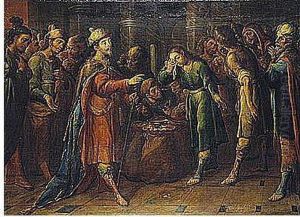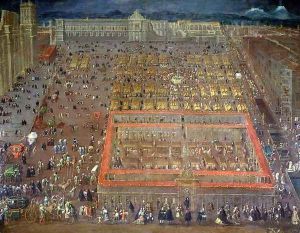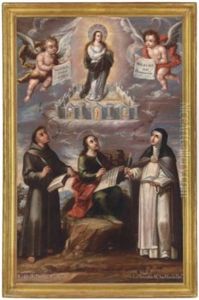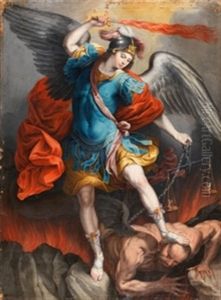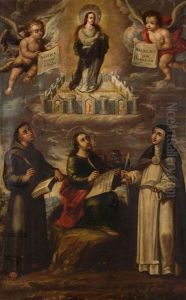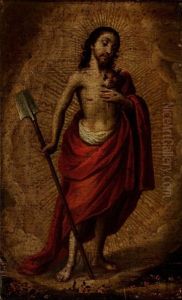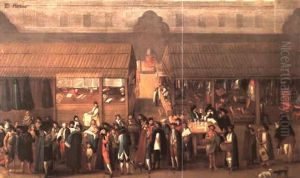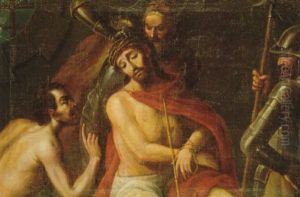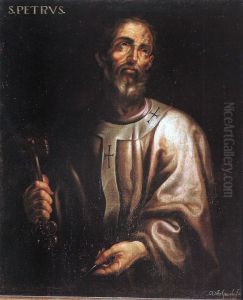Cristobal de Villalpando Paintings
Cristóbal de Villalpando was a prominent painter of the Baroque period in New Spain, which is modern-day Mexico. Born around 1649 in Mexico City, Villalpando is considered one of the most important artists of his time in New Spain, with a prolific career that spanned from the late 17th century until his death in 1714.
Villalpando’s early life and training are not well documented, but it is believed that he was initially a pupil of Baltasar de Echave Orio and later possibly of Juan Correa, two other prominent painters of the colonial period. His style was influenced by the dramatic and emotive works of the Spanish Baroque, particularly by artists such as Bartolomé Esteban Murillo, and he is known for his skill in creating light effects and complex compositions.
His works encompassed a wide range of subjects, including religious paintings for altarpieces, portraits, and allegorical scenes. Villalpando’s paintings are characterized by their vibrant colors, dramatic lighting, and expressive figures, often filled with movement and life. One of his most famous works is the large-scale painting 'The Deluge', which depicts the biblical flood and is notable for its dynamic composition and the rendition of light.
In addition to his work as a painter, Villalpando was also involved in the intellectual circles of his time and participated in the cultural life of Mexico City. He received numerous commissions from religious institutions, and his works can still be seen in various churches and cathedrals in Mexico.
Cristóbal de Villalpando died in 1714, leaving behind a legacy as one of the leading figures of colonial Mexican art. His contributions to the Mexican Baroque style have been celebrated in numerous exhibitions, and his works are considered national treasures. Villalpando’s influence extended beyond his lifetime, as his style and techniques were carried on by his students and the following generations of Mexican artists.
